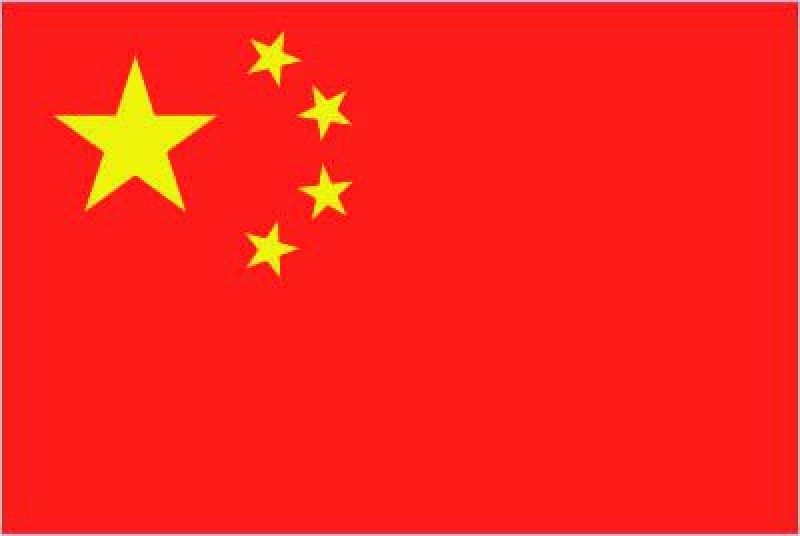Biopiracy: Right over Tibetan medicine

China is asking the UN to recognise medicinal bathing, one of the many practices of Sowa Rigpa, the Tibetan name for this type of medicine, as part of its cultural heritage.
 China
China
The counter claim by India is justified not in the context of the present relations between the Tibetan diaspora and India, but solely on the basis of the larger theoretical literature which forms the basis of the system of Tibetan medicine.
The horrid images of China’s growing oppression of ethnic and political minorities has invited worldwide criticism. But one of the roots of its commercial success in the era of knowledge economy is built on unethical foundations, on what experts would call a form of biopiracy from the ethnic communities. China is now asking the UN Educational Scientific and Cultural Organisation (Unesco) to recognise medicinal bathing, one of the many practices of Sowa Rigpa, the Tibetan name for this type of medicine, as part of its cultural heritage.
Acquiring patents in the sunrise sectors of biopharma is what this game is all about. The Chinese government has left no stone unturned to buy soft power to facilitate its image-building exercise. The move to establish a greater global presence is also illuminated by the presence of China-centric academic institutions in several of the world’s top universities. The Confucius centres are one such example. In a similar way, following the exile of the Dalai Lama and millions of Tibetans as a result of China’s illegal occupation of Tibet, the Tibetan diaspora has helped conserve and restore a Tibetan way of life in exile, and a core component of this is the Tibetan medicine system.
For centuries, those practising this form of medicine swear every day on something more elaborate than the Hippocratic Oath, and perform prayers and only then treat patients. This is how the system has survived. The attempt to commercialise this system has hit at its ethical base. In 2011, the Government of India through path-breaking activism on the part of AYUSH, several Himalayan community doctors, and the Men Tse Khang, recognised Sowa Rigpa as a system of medicine. While India and Tibet’s cultural ties are rooted in the chronicles of history, the Sowa Rigpa is one aspect of Tibetan culture which speaks of India’s influence on Tibet. The Ayurvedic text Astangahrdayasamhita and its translation into Tibetan is believed to have had a monumental impact on the development of the Tibetan medicinal system.
If one were to look deeper into Indian influence on Tibetan medicine, what emerges as a prominent event is the organising of the first international medical conference at Samye by Chinese Emperor Trisong Detsen in the eighth century, which was attended by several practitioners of Ayurveda. Following the conference, a large translation project under the aegis of the Dharma King led to the translation of the Astangahrdayasamhita from Sanskrit to Tibetan by Rinchen Zangpo. This Ayurvedic text was originally authored by Vagbhata.
Along with the translation of the Ayurvedic text, the Tibetan medicinal system has its roots also in the pre-Buddhist Bon religion of Tibet which flourished as an animist faith before the arrival of Buddhism in Tibet, brought by the Indian saint Padmasambhava. Even Nagarjuna has made voluminous contribution to the field of Ayurvedic medicine and Nagarjuna’s philosophy of the Middle Way or Madhyamika has also been appropriated by the Tibetan spiritual realm. The commonality between the Tibetan and the Indian Ayurvedic system is visible in the adaptation of notions relating to the constitution of the human body and the three humor system.
Another theoretical aspect upon which Sowa Rigpa rests in the tantra, essentially the tantra and tantric education, was received by the Tibetans from Nalanda and was later carried into Tibet by Indian saints such as Atisa.
The Tibetan medicine is also a confluence of several localised medicinal systems which are found to have been in practice across the vast Himalayan regions such as Tawang in Arunachal Pradesh, Sikkim, Lahaul and Spiti in Himachal Pradesh and Ladakh.
Therefore, the counter-claim (to China) that India has filed at Unesco to nominate Sowa Rigpa as an Indian medicinal system, is justified not in the context of the present relations between the Tibetan diaspora and India, but solely on the basis of the larger theoretical literature which forms the basis of the system of Tibetan medicine. For the last several decades, ever since China entered Tibet, the people inside Tibet and also the present Dalai Lama have raised concerns about China’s policy in Tibet; some observers and Tibetans call it cultural genocide.
The development of the Tibetan medicinal system through the translation of several Ayurvedic texts faced opposition from the Chinese government. Therefore, with the growing influence of the Dalai Lama and the expansion of the Tibetan medicinal network, China possibly is eyeing the economic and soft power benefits of staking a claim to Tibetan medicine while it continues to ban Falun Dafa, which is a meditation-based healing practice and a cult believed to have originated in China, but whose members continue to face persecution in China.
Finally, it is all about money. The neglected science of Tibetan medicine is forcibly woken up to satiate the global demands of disorders that are symptomatic of a larger civilisational malaise.
The authors are from the Department of History, HCU.

